|
During the summer months, you can find an array of wild flowers on the South Downs that are useful for a range of health complaints, as well as being vital for wildlife. Local herbalist Lucinda Warner took us up onto the South Downs to forage for wild plants that make useful herbal medicine. Here are 12 of the wild plants that she showed us, and their uses. We may include an activity like this as part of our outdoor team building and away day programmes for leaders and teams, it can offer useful learning. 1. St Johns Wort (Hypericum) Yellow flowers with tiny black dots. Leaves have tiny holes in, which are actually glands. St John's Wort is good for nerve pain and sciatica (make an oil and rub it in, or use in a hand or foot bath). Because it has an affinity with nerves, it's good for depression where there's an anxious element. It's antiviral, so useful against shingles, herpes, and cold sores. It is not a deeply relaxing herb, but it feeds the nervous system. Good for burns, sunburn, nappy rash and skin healing - make a tea, when cold use as compress. Caution: if you're on pharmaceuticals, or if you're on the pill - don't take it, as St John's Wort clears your system really quickly. 2. Eyebright Beautiful small white flowers. As its name suggests, Eyebright is good for swollen, and sore eyes. Use it to make a tea and/or a wash, it brings down inflammation, and is generally good for ears, nose or throat. To make a Hayfever Remedy: Take the tops and flowers of eyebright, nettle sping tops, plantain leaf, elderflower - dry the herbs, then mix 1 cup and take a tablespoon 3 times a day. 3. Lady's Bedstraw Lady's Bedstraw has yellow fine flowers, with a hay like smell. It's a strewing herb, and aromatic like lavender and thyme, could be used to keep fleas away. 4. Agrimony Tall yellow flowers, Agrimony is part of the rose family (five petals, few stamens, alternate pinnate leaves). It is a gentle astringent that's good for IBS, diarrhoea and is also good for the liver. It's useful for both incontinence and bed wetting. Make a tea from flowering tops before it's gone to seed. 5. Wild Carrot When Wild Carrot is in seed it forms a shape like a birds nest. The flowers are white umbellifer, with one purple flower in middle, with feathery leaves. Wild Carrot seeds are good for moving gas, and digestion generally. 6. Wild Marjoram Also known as oregano, this wild herb is aromatic, and more fiery in sunny years. From the Mint family (opposite leaves, square stem, lipped flowers), it's carminative ie moves gas, good for bloating, warming to digestion, and is good for heavier food e.g. meat. Oregano oil is anti microbial, anti fungal, and useful to treat athletes foot and fungal nail. 7. Red Clover Part of the Pea family, Red (and white) clover has tiny 'fairy' pea pods that are full of protein. The whole flower heads are great in pesto and salads. Red clover is gently cleansing, tones the whole system, boosts the function of all organs of elimination so is great for skin conditions including kids eczema. It's also used in cancer tea blends, and is good for menopause, helps body transition without resorting to HRT. 8. Mugwort Also known as Moon wort, Mugwort can be spotted by the silver underside to its dark green leaves. Mugwort is aromatic and bitter, and used to be a beer flavouring. A warming plant, (bitter is generally cooling, but aromatic is warming), it's good for liver gall bladder stagnation, anger, menstruation, transition into puberty, and can be used externally for aches and pains. Mugwort is also said to aid lucid dreaming - put a bundle under your pillow when you go to sleep, or drink some tea before bedtime. 9. Plantain Plantain, the wound plant, is also great for hay fever, stings, w eak lungs and acute coughs. Add the seeds to bread for a tasty loaf. 10. Yarrow Part of the daisy family, Yarrow is good for blood - it's a blood equaliser, and useful for high blood pressure - and wounds. It's aromatic so good for digestion and fevers. Cold and flu remedy: Mix cleavers, yarrow, elderflower, peppermint 11. Rosemary Rosemary is good for digestion, and great for aches and pains. 12. Daisy Also known as poor man's arnica, Daisy is good for bruises and minor bumps. If you'd like to learn more about finding wild plants that you can use for medicine and home remedies, join us on our next class here. Want to know more? These are a couple of useful books: Hedgerow Medicine by Julie Bruton-Seal and Matthew Seal The Medicine Garden by Rachel Corby At School of the Wild, we bring leaders and teams outside to help you reconnect and think differently, so that you are inspired to change the way you work. We incorporate activities like making fires and foraging for wild herbs and plants as part of creating space for meaningful conversations. Have a look at our outdoor team building programmes or get in touch for more info. Comments are closed.
|
Author & CuratorNigel Berman is the founder of School of the Wild. Archives
March 2024
|
Leaders |
About Us
Support |
|

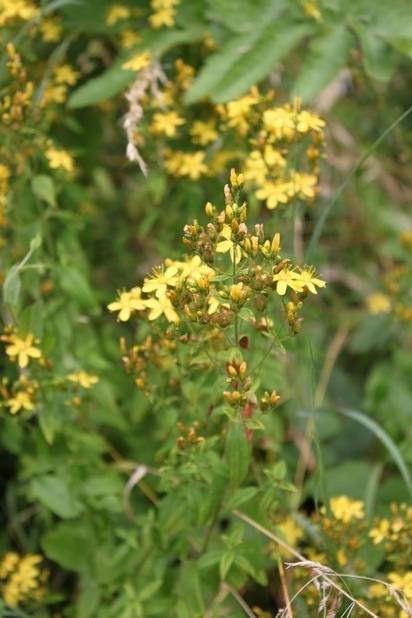
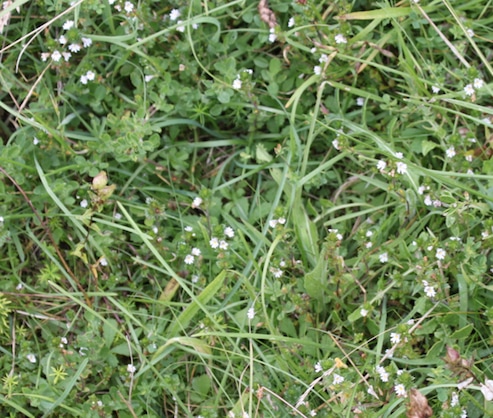
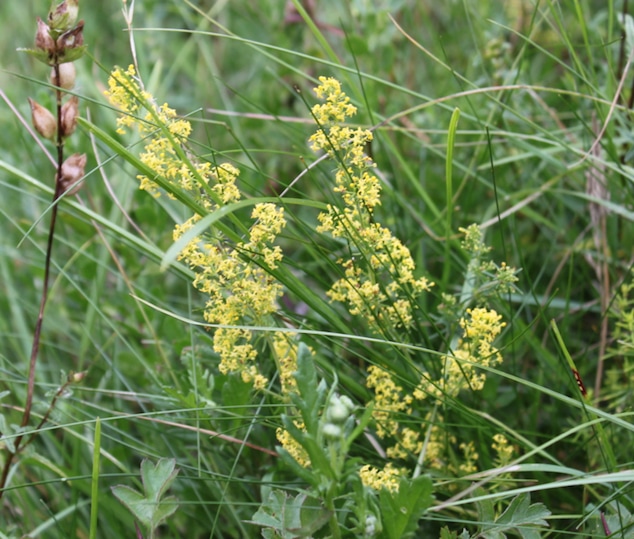
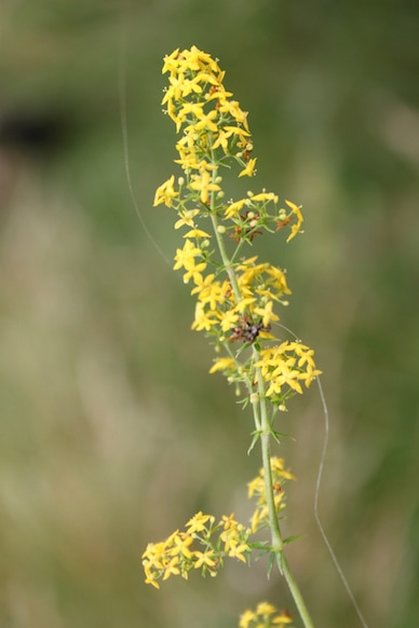
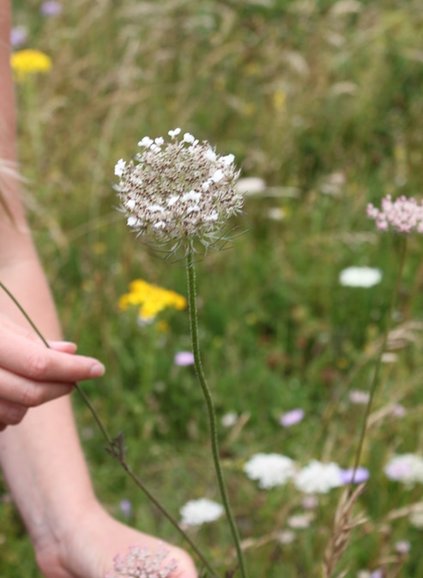
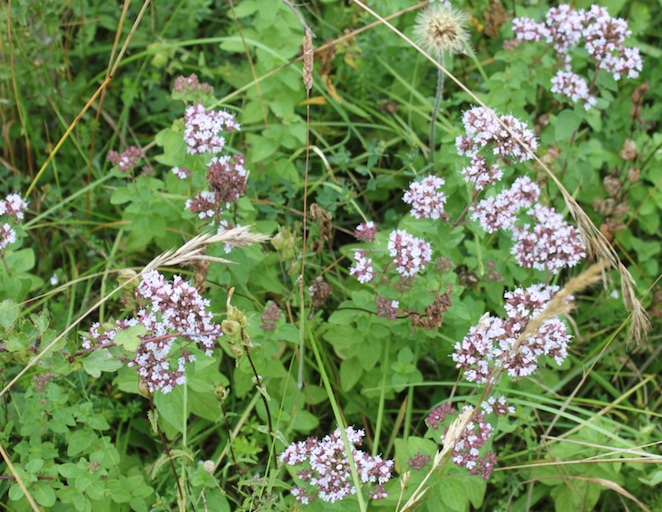
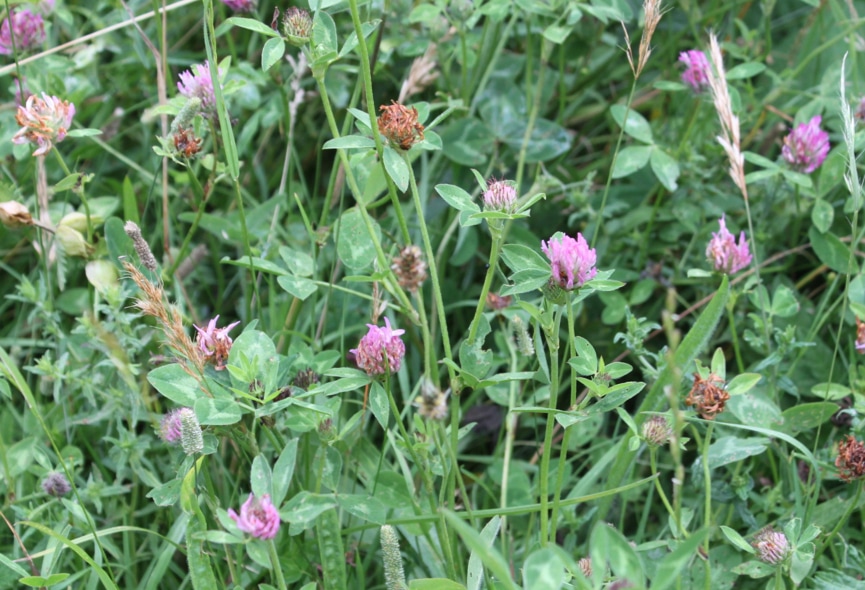
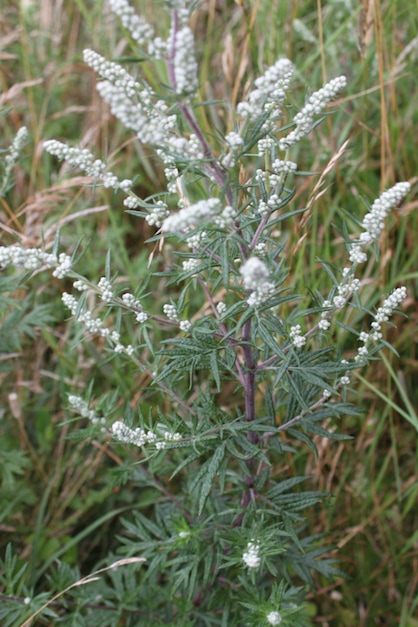
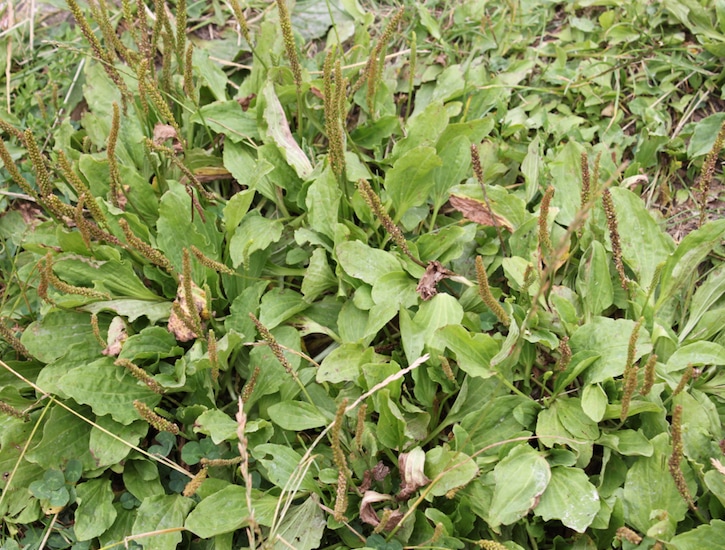
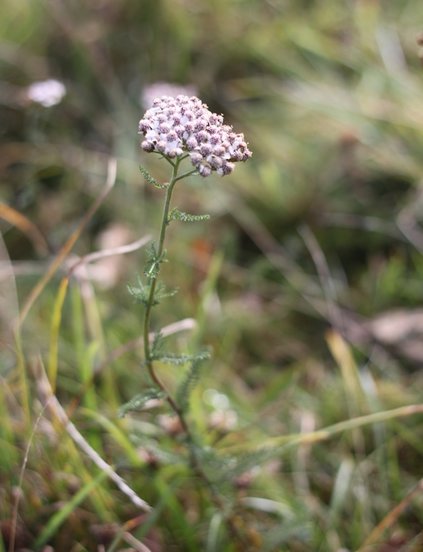
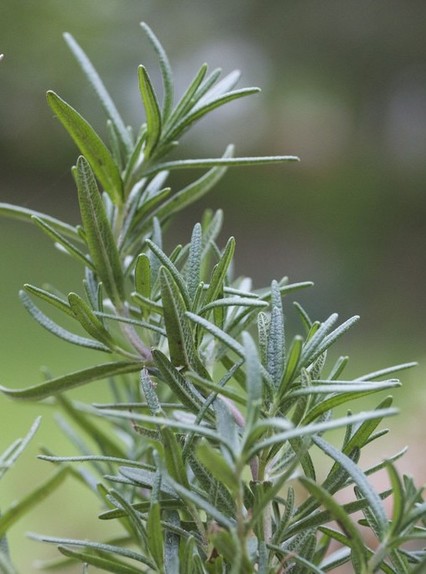
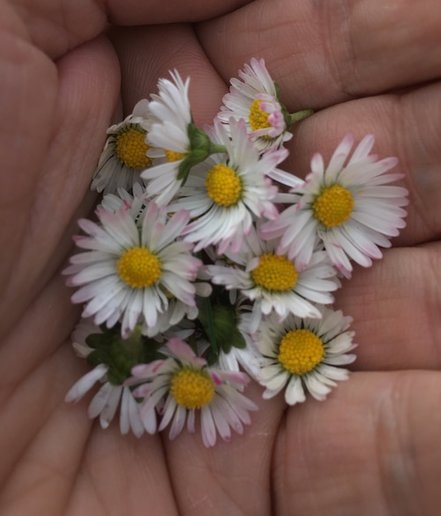

 RSS Feed
RSS Feed



